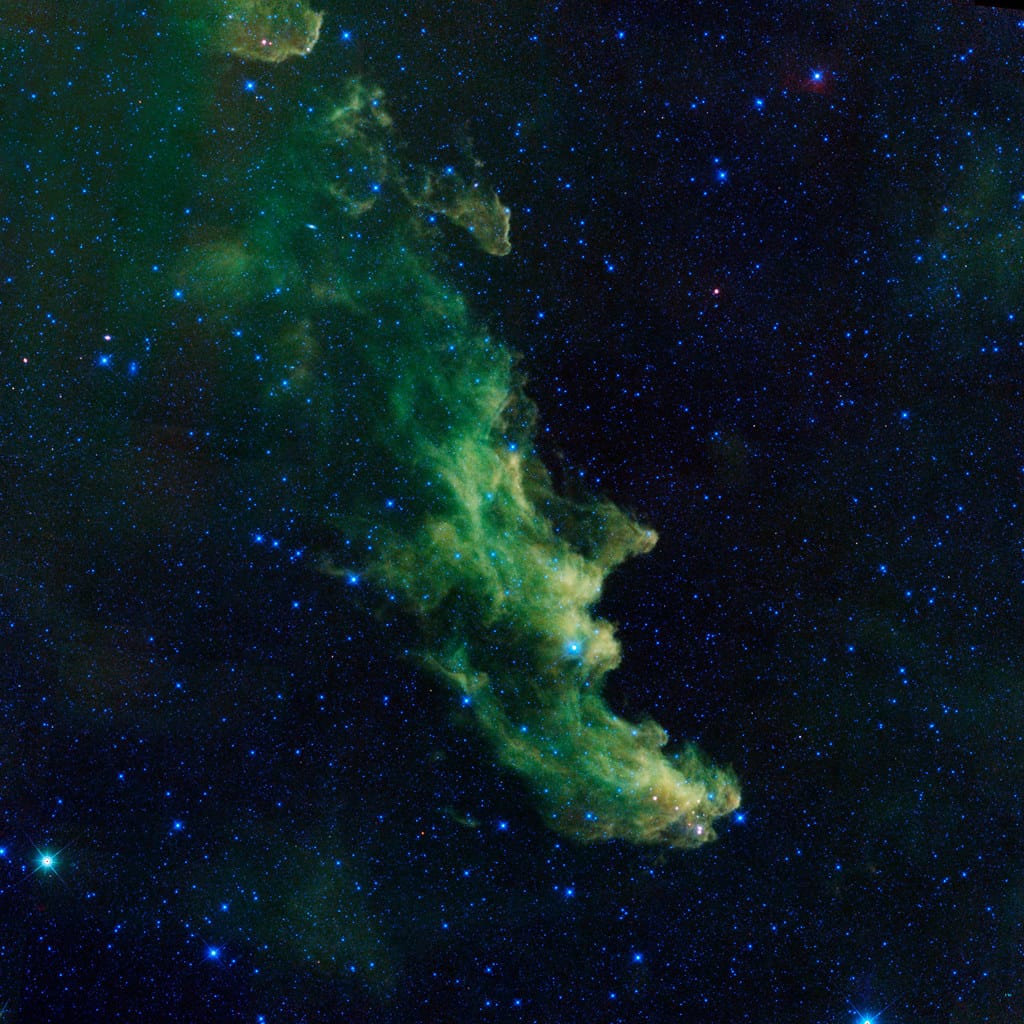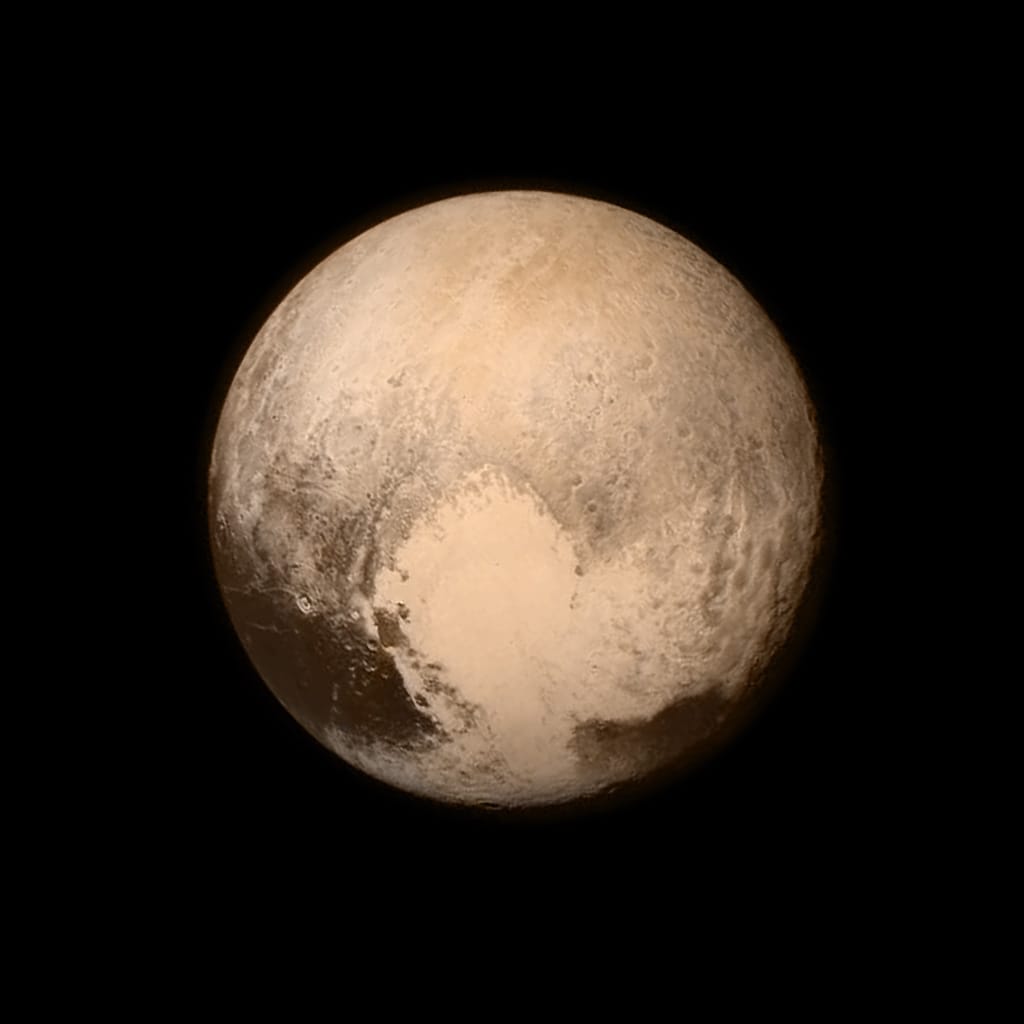NASA Crew-10 Returns to Earth After Groundbreaking Five-Month Mission to International Space Station
Four astronauts from NASA's Crew-10 mission have successfully concluded their extended stay aboard the International Space Station (ISS), marking the end of a scientifically productive five-month expedition that advanced our understanding of space-based research and human adaptation to microgravity environments.
The crew, consisting of NASA astronauts Matthew Dominick, Michael Barratt, and Jeanette Epps, along with Roscosmos cosmonaut Alexander Grebenkin, splashed down safely in the Atlantic Ocean aboard their SpaceX Dragon capsule on October 25, 2024, after departing the orbital laboratory following 232 days in space.
Mission Highlights and Scientific Achievements
During their extended stay, the Crew-10 astronauts conducted over 200 scientific experiments across multiple disciplines, contributing valuable data to ongoing research initiatives. Their work focused on several critical areas including protein crystal growth studies, tissue chip investigations, and advanced materials science experiments that can only be performed in the unique microgravity environment of space.
One of the mission's standout achievements was the successful cultivation of cotton plants as part of NASA's Plant Habitat studies. These experiments are crucial for understanding how crops might grow during future long-duration missions to Mars, where astronauts will need to produce their own food supplies.
The crew also participated in numerous medical studies, including research on how the human cardiovascular system adapts to prolonged weightlessness. Dr. Michael Barratt, a flight surgeon making his third trip to space, served as both researcher and test subject, providing invaluable insights into the physiological changes astronauts experience during extended space missions.
International Collaboration in Action
The Crew-10 mission exemplified the continued success of international partnerships in space exploration. Working alongside their Russian colleague Alexander Grebenkin, the NASA astronauts demonstrated the cooperative spirit that has defined the ISS program for over two decades.
During their tenure, the crew welcomed and worked with multiple visiting crews, including astronauts from Japan's JAXA and additional Russian cosmonauts, creating a truly multinational research environment 250 miles above Earth.
Technical Milestones and Spacewalks
The mission included three spacewalks, totaling over 20 hours of extravehicular activity. These spacewalks focused on essential maintenance tasks and technology demonstrations, including the installation of new communication equipment and the replacement of aging components on the station's exterior.
Commander Dominick and his crew also oversaw the arrival and departure of multiple cargo resupply missions, including SpaceX Dragon cargo flights and the Russian Progress spacecraft, ensuring the station remained well-stocked with supplies and scientific equipment.
Extended Mission Benefits
Originally planned as a six-month mission, Crew-10's stay was adjusted to optimize crew rotation schedules and maximize scientific output. This flexibility in mission duration demonstrates NASA's adaptive approach to space operations and the crew's resilience in extending their research timeline.
The extended mission allowed for additional data collection on long-term space adaptation, providing researchers with more comprehensive datasets about how humans adjust to prolonged weightlessness. These findings will prove invaluable as NASA prepares for future missions to the Moon through the Artemis program and eventual crewed missions to Mars.
Looking Forward
As Crew-10 returns to Earth for post-flight medical evaluations and mission debriefings, their replacements aboard the ISS continue the station's ongoing research mission. The scientific samples and data they've collected will be analyzed by researchers worldwide, contributing to advances in medicine, materials science, and agricultural technology that benefit life on Earth.
The successful completion of this mission reinforces the ISS's role as humanity's premier orbital laboratory and highlights the continued importance of sustained human presence in space. As commercial space stations prepare to eventually replace the ISS, missions like Crew-10 provide the operational experience and scientific foundation necessary for the next chapter of human space exploration.
The crew's safe return marks another milestone in the station's 24-year operational history, bringing the total number of people who have called the ISS home to over 270 astronauts and cosmonauts from 19 different countries.

